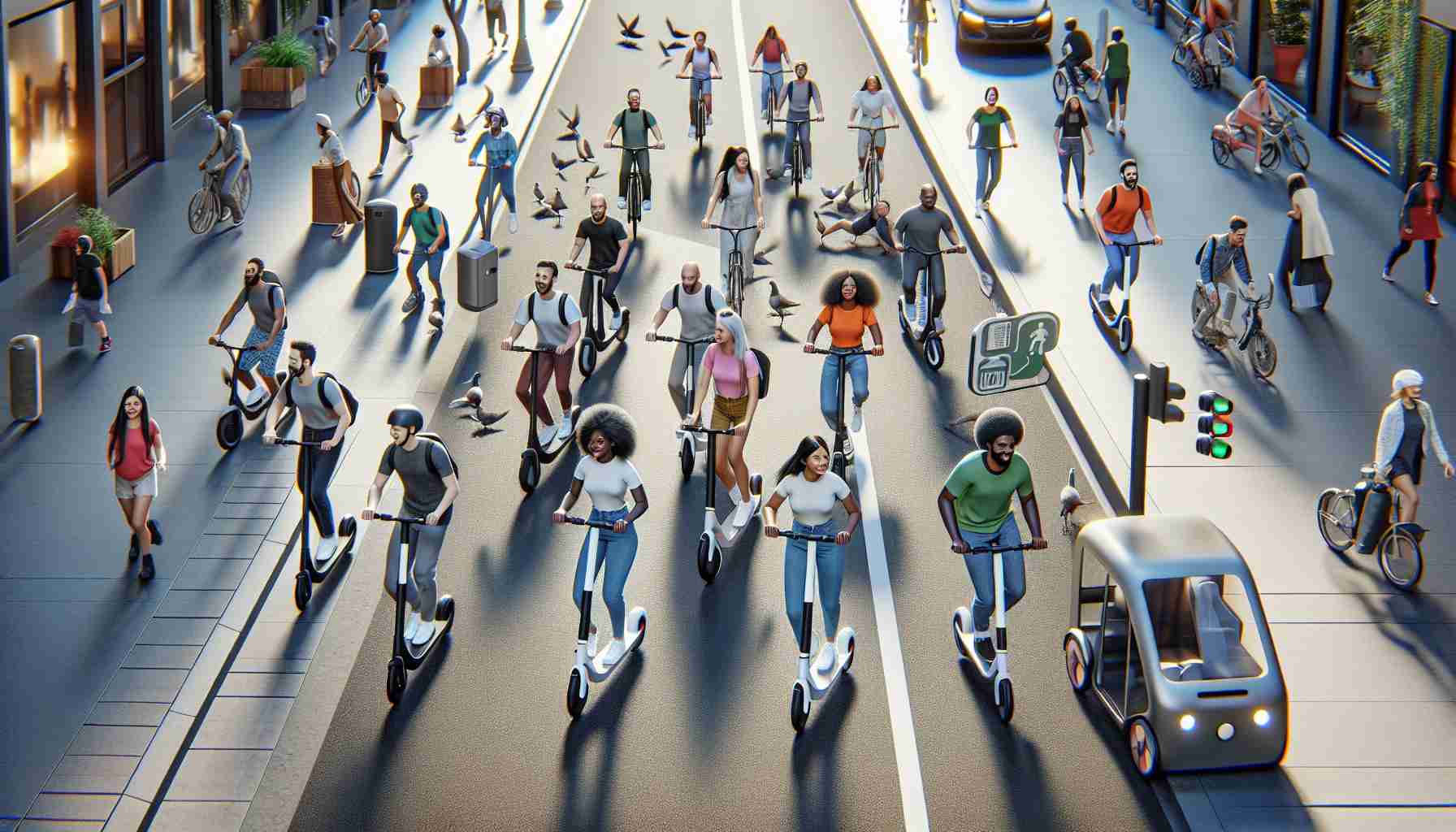Interest in shared e-bikes and e-scooters, also known as micromobility devices, has been on the rise in Australia. Many cities and local councils have implemented shared scooter systems in collaboration with private operators such as Lime, Beam, and Neuron. However, public opinion about these programs is divided, with some viewing them as a passing trend or a disruption to the transportation system.
Our research, conducted across cities in three different countries, provides a different perspective. We found that subsidized micromobility programs can offer substantial benefits to vulnerable user groups. Many shared operators, including Lime, offer discounted rides to low-income customers.
Through our partnership with Lime, we discovered that Lime Access customers, who receive subsidies, rely on shared e-scooters and e-bikes for their daily travel five times more often than non-subsidized riders. They are also twice as likely to use them for essential trips, such as commuting or shopping, and to connect with public transport.
For many Lime Access customers, micromobility offers the opportunity to travel without a car, enabling a car-free or car-light lifestyle. This not only provides convenience but also contributes to more sustainable transportation systems.
Furthermore, our study revealed that people with disabilities are benefiting from these programs. The electric motor of e-scooters and e-bikes helps reduce fatigue and strain, making it easier for individuals with medical conditions or physical disabilities to reach their destinations.
To maximize the benefits of subsidized micromobility programs, governments can play a crucial role. They should focus on increasing awareness of these programs among potential users and creating frameworks that support their expansion. In the United States, cities like Washington, DC, have embedded equity requirements in their service contracts with micromobility operators, ensuring that fees charged to operators are reduced based on the proportion of low-income customers they serve.
In Australia, it is essential for local and state governments to go beyond regulating these programs and instead focus on integrating them more seamlessly into the overall transportation system. By providing the right incentives, we can ensure that micromobility benefits those who need affordable and accessible transport options the most.
In conclusion, subsidized micromobility programs not only offer a fun and convenient form of transport but also provide significant advantages to vulnerable user groups. With the right support and integration, these programs can create a more equitable transportation system for all.
Interest in shared e-bikes and e-scooters, also known as micromobility devices, has been on the rise in Australia. This growing trend has led to the implementation of shared scooter systems in many cities and local councils in collaboration with private operators such as Lime, Beam, and Neuron. However, the public opinion on these programs is divided, with some perceiving them as a passing trend or a disruption to the transportation system.
There is potential for significant growth in the micromobility industry in Australia. According to a report by MarketsandMarkets, the global micromobility market is expected to reach $9.8 billion by 2025, with a compound annual growth rate of 19.9%. This indicates a strong market potential for shared e-bikes and e-scooters in Australia as well.
One of the key issues related to the industry is the safety and regulation of these devices. With the increasing popularity of micromobility, there have been concerns about accidents and injuries associated with shared e-bikes and e-scooters. Governments and operators are working together to address these concerns by implementing safety measures, such as mandatory helmet usage and speed restrictions.
Another issue is the issue of parking and infrastructure. As the number of micromobility devices on the streets increases, there is a need for proper parking infrastructure to avoid cluttered sidewalks and ensure that these devices are parked in designated areas. Some cities have started implementing parking zones specific to micromobility devices to address this issue.
To ensure the success and sustainability of micromobility programs, it is crucial for governments and operators to address these issues and work towards creating a safe and convenient environment for users.
For further reading on micromobility and related topics, you can visit the following links:
– Why Cities Love E-Scooters and How They Work – Bloomberg
– Shared e-bike companies operated in 37 US states as of June, report says – Smart Cities Dive
– safety concerns around electric scooters – Curbed
In conclusion, the micromobility industry in Australia is experiencing significant growth and offers potential benefits to vulnerable user groups. However, there are also challenges that need to be addressed regarding safety and infrastructure. Through proper regulation and collaboration between governments and operators, the industry can thrive and contribute to a more sustainable and accessible transportation system.







